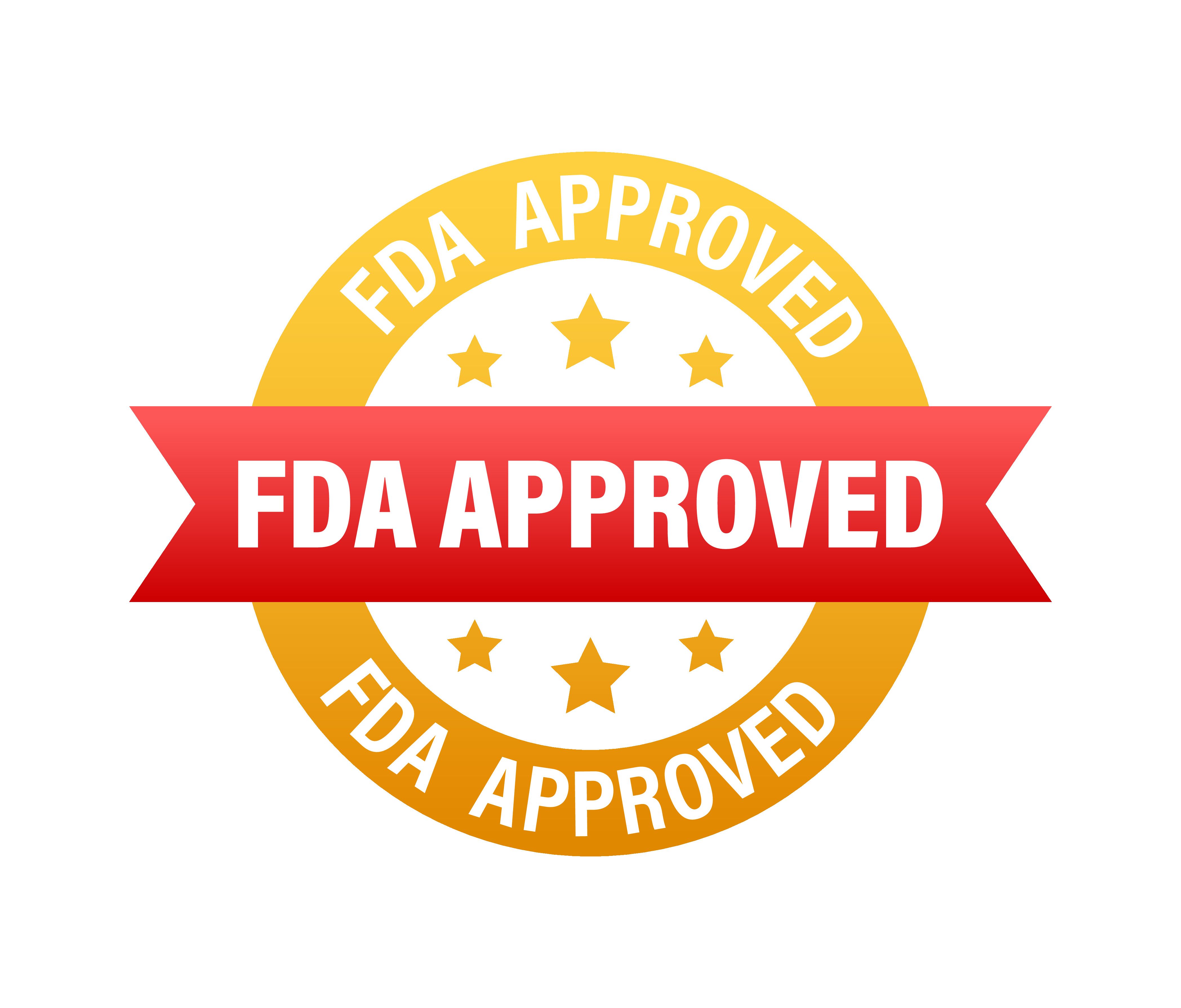News
Article
Prescription Costs and Inflation Drive 2025 Health Insurance Premium Hikes
Author(s):
Health insurance premiums for 2025 are expected to rise slightly due to higher prescription drug costs and inflation, according to a new analysis from the American Academy of Actuaries.
Prescription drug spending is outpacing general medical spending, adding upward pressure on health insurance premiums.
Image Credit: Kwangmoozaa - stock.adobe.com

Health insurance premiums for 2025 are expected to rise slightly due to higher prescription drug costs and inflation, according to a new analysis from the American Academy of Actuaries.1 The analysis outlines the key factors influencing rates in the upcoming year.
As millions of Americans prepare for the upcoming health insurance enrollment period, the American Academy of Actuaries has released a new issue brief shedding light on the factors likely to influence health insurance premiums in 2025. Titled "Drivers of 2025 Health Insurance Premium Changes," the brief offers a comprehensive analysis of the key trends and pressures expected to impact the cost of premiums in individual and small group markets under the Affordable Care Act (ACA).2
Mild but Notable Pressures on Premiums
“Pressures on ACA-market premiums are relatively mild compared to some previous years, but there is some upward pressure from higher prescription costs and, to a lesser degree, inflation,” Cori Uccello, the Academy’s senior health fellow, said in a statement.1 “Changes in risk pools are not seen as likely to have a major effect on next year’s premiums overall, though it’s always important to keep in mind that individual insurers may be affected by specific factors, trends, and developments in their state or regional markets.”
The issue brief, developed by the Academy's Individual and Small Group Markets Committee, draws on the actuarial profession's expertise in the health insurance rate-setting process. It identifies several key trends that have emerged over the past year, which could affect gross premium rates in 2025.2
Key Trends Impacting 2025 Premiums
Inflation's Return to Normalcy
After a period of especially high increases in medical input costs—driven by factors such as provider wages, technology enhancements, and increased real estate expenses—inflation is now returning to more historical norms. However, for insurers with multiyear provider contracts that are up for renewal, inflation assumptions could be somewhat higher. These contracts are likely to reflect not only current inflation but also the elevated rates experienced in recent years, potentially contributing to premium increases.
Rising Prescription Drug Costs
Prescription drug spending is outpacing general medical spending, adding upward pressure on health insurance premiums. A key contributor to this trend is the growing demand for expensive weight-loss drugs, particularly glucagon-like peptide 1 agonist medications (GLP-1s). Traditionally used to treat type 2 diabetes and obesity, these medications are increasingly sought after for general weight loss, although such prescriptions are not typically covered under ACA markets.
The high cost of GLP-1s, coupled with the necessity of continuous use to maintain their benefits, could push premiums higher in 2025, especially as obesity rates and prediabetes diagnoses rise. While these drugs promise positive long-term health outcomes—such as reduced blood pressure and cholesterol and lower likelihood of heart disease and diabetes—their immediate cost impact on premiums is significant, with any potential savings from improved health unlikely to be realized until further down the line.
The Growing Impact of Gene Therapy
Gene therapy, with treatment costs that can run into the millions of dollars, is gaining traction in the medical field. Although these therapies are not typically covered by individual and small group market plans, their growing availability raises questions about future premium increases. If state mandates require coverage for these treatments, premiums could see a dramatic rise, albeit potentially offset by state reinsurance programs or other risk mitigation measures.
COVID-19 and Premium Stability
Four years after the onset of the COVID-19 pandemic, the costs associated with COVID-19 treatments and testing have become more predictable and are now integrated into the claims data used to project 2025 claims. As a result, insurers may no longer need to include separate adjustments for COVID-19, and the pandemic is unlikely to significantly impact premiums in 2025 and beyond.
The Role of the No Surprises Act
The No Surprises Act, which protects consumers from unexpected balance billing in common scenarios, was expected to reduce health inflation over time. However, the law's effects on provider networks and prices remain unclear, particularly in light of recent legal challenges to its independent dispute resolution provisions. As such, the act is not expected to significantly affect 2025 premiums.
Stable Risk Pools, Regional Variability
The analysis suggests that overall stability in risk pools is expected to have a minimal impact on premium changes, indicating that the health profiles of enrollees, which form the basis of these risk pools, remain relatively stable, contributing to a more predictable insurance market. However, while national trends provide a broad understanding of premium movements, the analysis also underscores the significant variability across different states and regions. Insurers may face distinct pressures depending on unique factors within their specific markets, resulting in potential disparities in premium changes from one area to another.
Emphasizing the importance of understanding the intricate dynamics of the health insurance market, the Academy highlights steps to educate and inform stakeholders by releasing an accessible infographic alongside their detailed issue brief aimed at making the complex drivers of premium changes more understandable for the public, policymakers, and other stakeholders. This effort reflects its ongoing commitment to serving as a leading source of objective actuarial expertise, ensuring that informed decision-making can occur at all levels within the health care system.
References
1. Actuaries see relatively mild pressures on ACA health insurance premiums for 2025, with most coming from higher prescription costs. News release. American Academy of Actuaries. August 14, 2024. Accessed August 14, 2024. https://prnmedia.prnewswire.com/news-releases/actuaries-see-relatively-mild-pressures-on-aca-health-insurance-premiums-for-2025-with-most-coming-from-higher-prescription-costs-302222485.html
2. Drivers of 2025 health insurance premium changes. Issue brief. American Academy of Actuaries. August 2024. Accessed August 14, 2024. https://www.actuary.org/sites/default/files/2024-08/health-brief-2025-premium-changes.pdf
Newsletter
Stay ahead of policy, cost, and value—subscribe to AJMC for expert insights at the intersection of clinical care and health economics.
2 Commerce Drive
Suite 100
Cranbury, NJ 08512
© 2025 MJH Life Sciences® and AJMC®.
All rights reserved.





